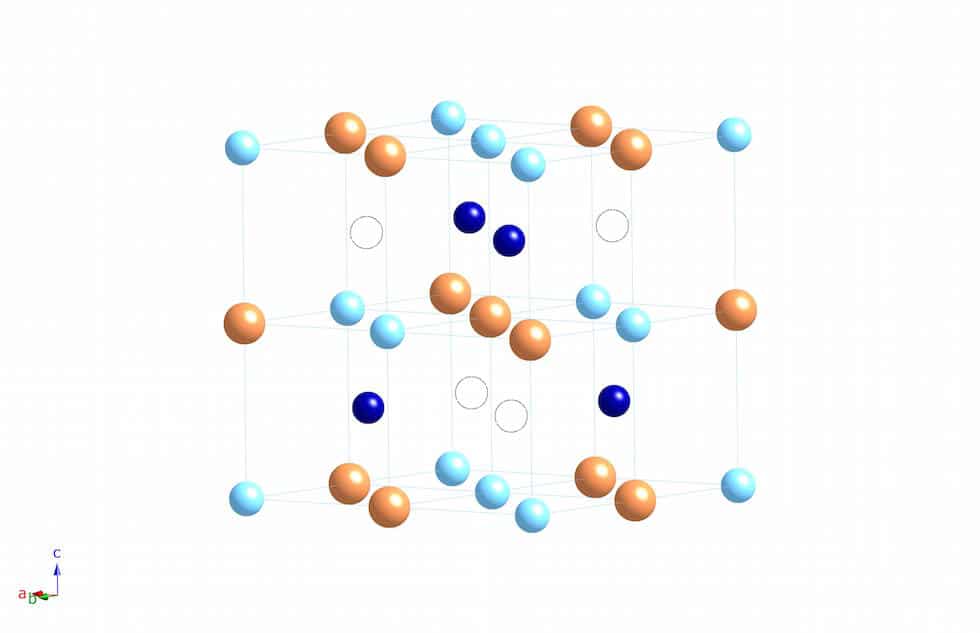Nanotechnology used to reduce cost of thermoelectric generators
Materials that generate energy from waste heat could help to produce more fuel-efficient cars and power plants.

Thermoelectric generators (TEGs) produce electricity from a temperature difference between two types of electrical conductors, in a process known as the Seebeck effect.
Since the devices have no moving parts, they are extremely reliable. However, they typically require the use of toxic or scarce materials, limiting their use to niche applications such as powering space probes, for example.
Now a UK research team, led by Dr Jan-Willem Bos at Heriot-Watt University in Edinburgh, is attempting to use nanotechnology to reduce the cost of thermoelectric generators, allowing them to be used in a wider range of applications.
The team, which also includes researchers from Glasgow and Royal Holloway Universities and Leicestershire-based European Thermodynamics, will focus on so-called Heusler alloys, which contain combinations of abundant metals such as nickel, titanium and tin.
The researchers hope that by manipulating the nanostructure of the alloys they will be able to increase their energy conversion efficiency to that of more toxic materials.
Register now to continue reading
Thanks for visiting The Engineer. You’ve now reached your monthly limit of news stories. Register for free to unlock unlimited access to all of our news coverage, as well as premium content including opinion, in-depth features and special reports.
Benefits of registering
-
In-depth insights and coverage of key emerging trends
-
Unrestricted access to special reports throughout the year
-
Daily technology news delivered straight to your inbox










Water Sector Talent Exodus Could Cripple The Sector
Maybe if things are essential for the running of a country and we want to pay a fair price we should be running these utilities on a not for profit...